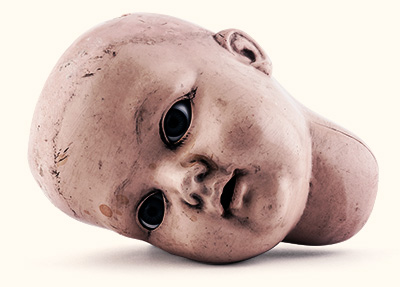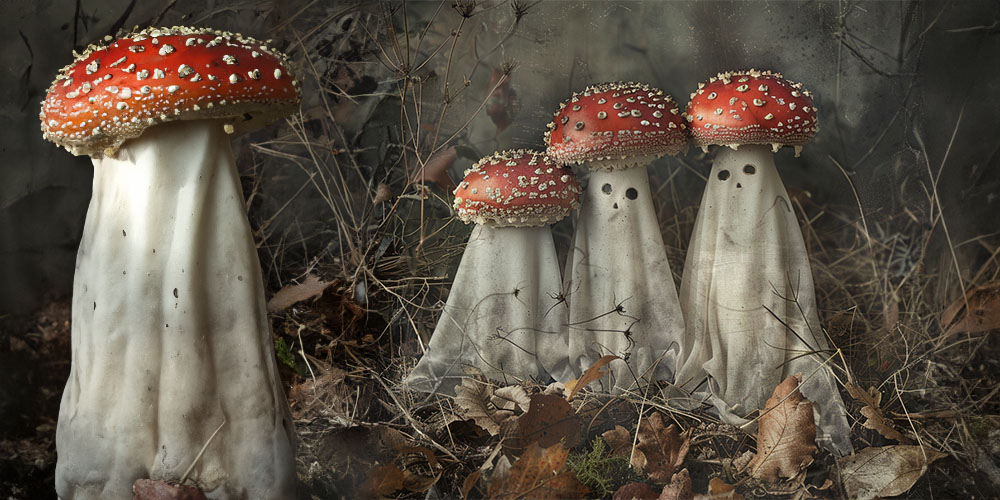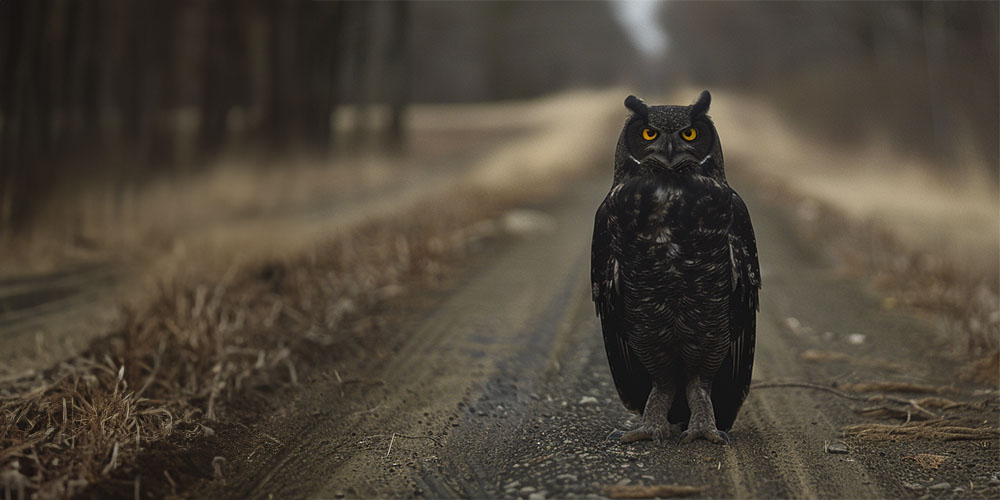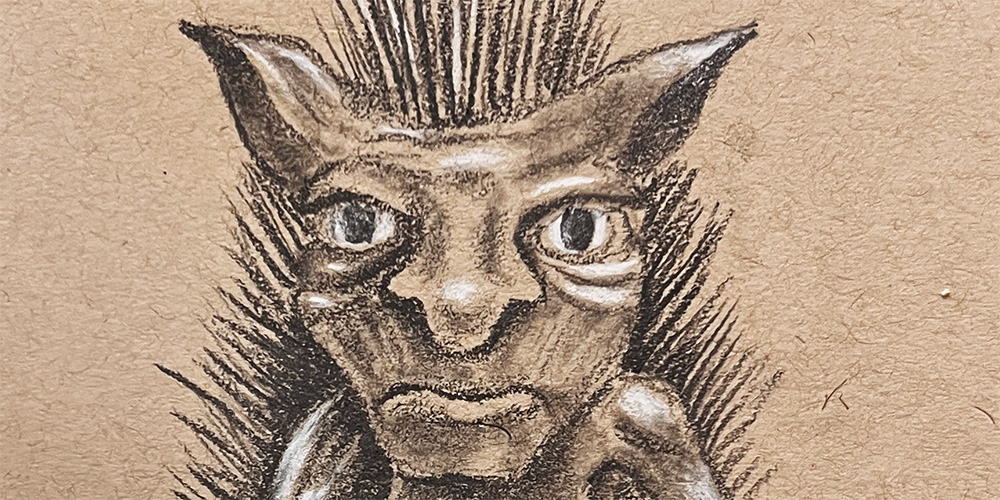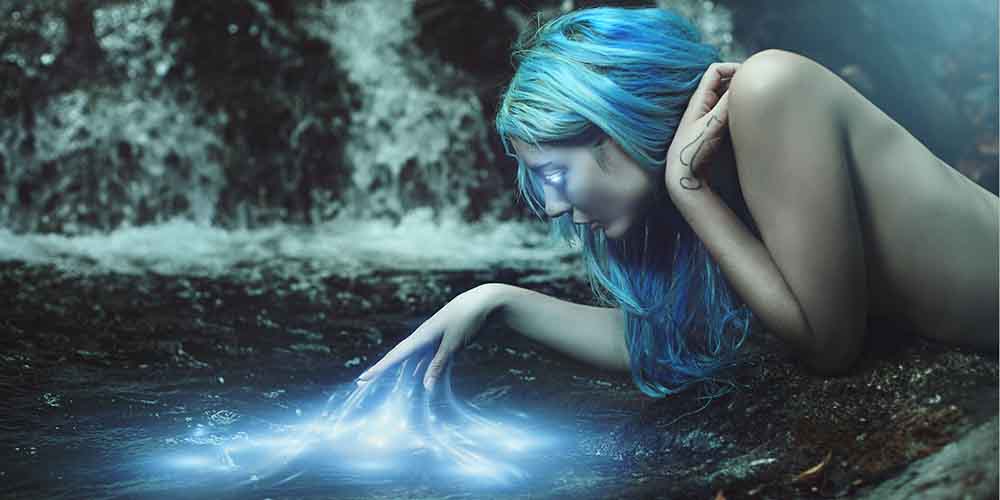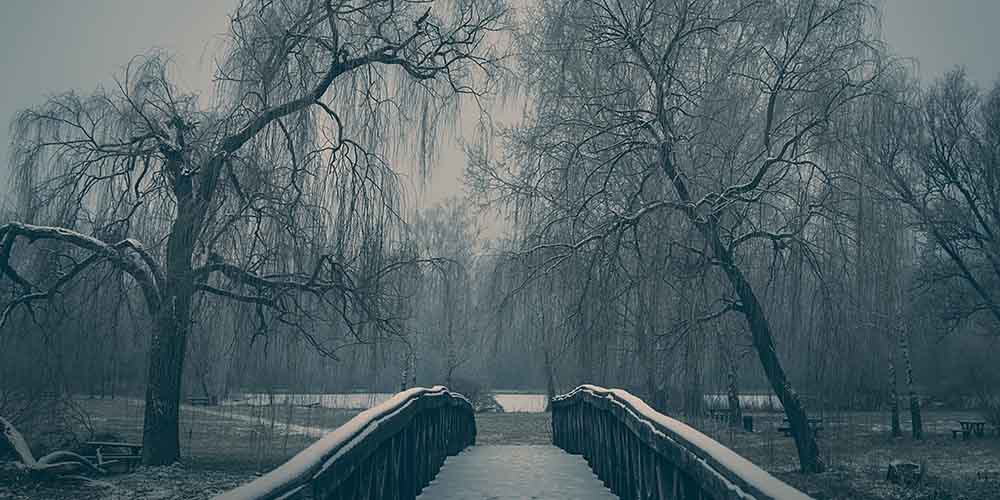We know you’ve heard of the Loch Ness Monster, but did you know there are several other strange aquatic cryptids you’ll find only in the Scottish Lochs? Let’s blur the lines of legend and deep-dive into some monsters of Scottish folklore.
The Loch Ness Monster, of course
The Loch Ness Monster might just be the most famous Western paranormal entity that involves water. 3rd century stone carvings near the lake depict a flippered aquatic beast. The monster was first documented in writing in 565 CE. In the 1930’s, a London surgeon took the first and by far the most infamous photo of “Nessie” rising out of Scotland’s largest lake. Ever since, there have been numerous sightings, and theories abound about what this creature might be.
One popular theory suggests that Nessie is a prehistoric creature that somehow survived extinction. Possibly a plesiosaur. This dinosaur went extinct about 66 million years ago, at the end of the Cretaceous Period. Or perhaps, most of them did. Other Nessie believers attribute her to something more otherworldly. And, of course, many claim she’s just a hoax, with the famous “Surgeon’s Photo” now properly debunked.
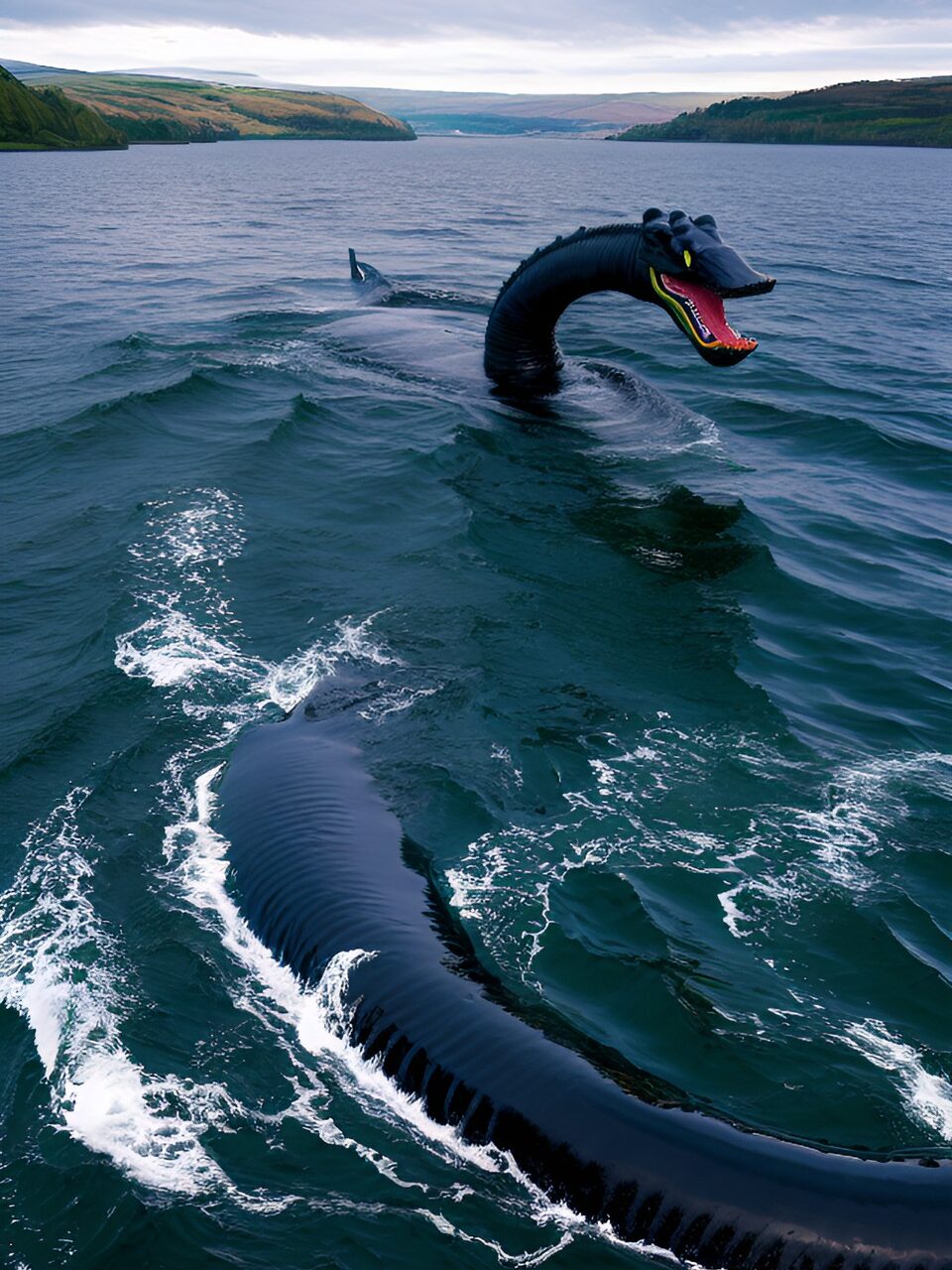
What is so special about Loch Ness?
But is there something especially paranormal about this lake, in particular? Some special quality that would allow a unique creature to survive in this one single place and no other? Loch Ness is special in that the water is especially dark, due to peat runoff. It maintains a steady temperature, always cool, but always above freezing. It also sits on a fault line large enough to be visible from space, formed about 400 million years ago. None of those things are very unique in themselves. But perhaps the combination is just special enough to house a rare aquatic creature. Perhaps a random lucky dinosaur found a way to survive in the unique loch.
The idea that a prehistoric species could survive an extinction event by hiding underwater is not that far-fetched, is it? Some species of sea turtles and crocodiles survived the very extinction event (the K–Pg event) that killed off the plesiosaurs.
What is Nessie?
Sorry to bum you out, but out of 250 samples from Loch Ness, none of them contain any plesiosaur DNA. The most recent data on the Loch Ness monster suggests that, if Nessie exists, she’s probably an overgrown eel. Basically, Loch Ness’ freshwater eels usually move out into salt water to breed, and die after breeding. Some eels are born with a genetic mutation that makes them sterile. These rare eunuch eels are immune to peer pressure, and don’t head out to sea just because “everyone else is doing it, Nessie.” As almost every member of its species dies due to reproducing, it’s impossible to say just how large one could get or how long one could live unburdened by a ticking biological clock.
Even if Nessie is just a big old ace eel, she’d still be the largest freshwater European eel by about double. Please don’t stop believing in Nessie, just because scientists say she’s probably a massive eel. Her legend serves a purpose. The researchers at Otago University in New Zealand who surveyed the DNA in Loch Ness in 2018 believe they may never have had the platform to perform such a complex study, or ability to promote it to the public, if not for the fascination with finding the monster. Researching Nessie specifically, instead of just doing boring generic DNA surveys, inspired the general public to conceptualize the value of environmental DNA studies. Whether or not her resume is completely, partially, or in no way true, Nessie and Loch Ness are both unique. Plus, the legend of Nessie contributes about $80 million to Scotland’s tourism economy annually.
Scotland’s Stronsay Beast
The Stronsay Beast is another creature of the Scottish lochs. This one is different, in that the evidence of its existence is based on its beached body, rather than live sightings. The beast’s bloated carcass floated ashore on the Orkney Islands in 1808. It had thick, elastic gray skin, and was apparently quite blubbery. Its body was 10 feet around, and 55 feet long, even though it was missing part of its tail. It had several pairs of flippers. Its skin had many tiny backwards barbs, like a cat’s tongue. Longer bristles on its back and fins glowed in the dark when wet.
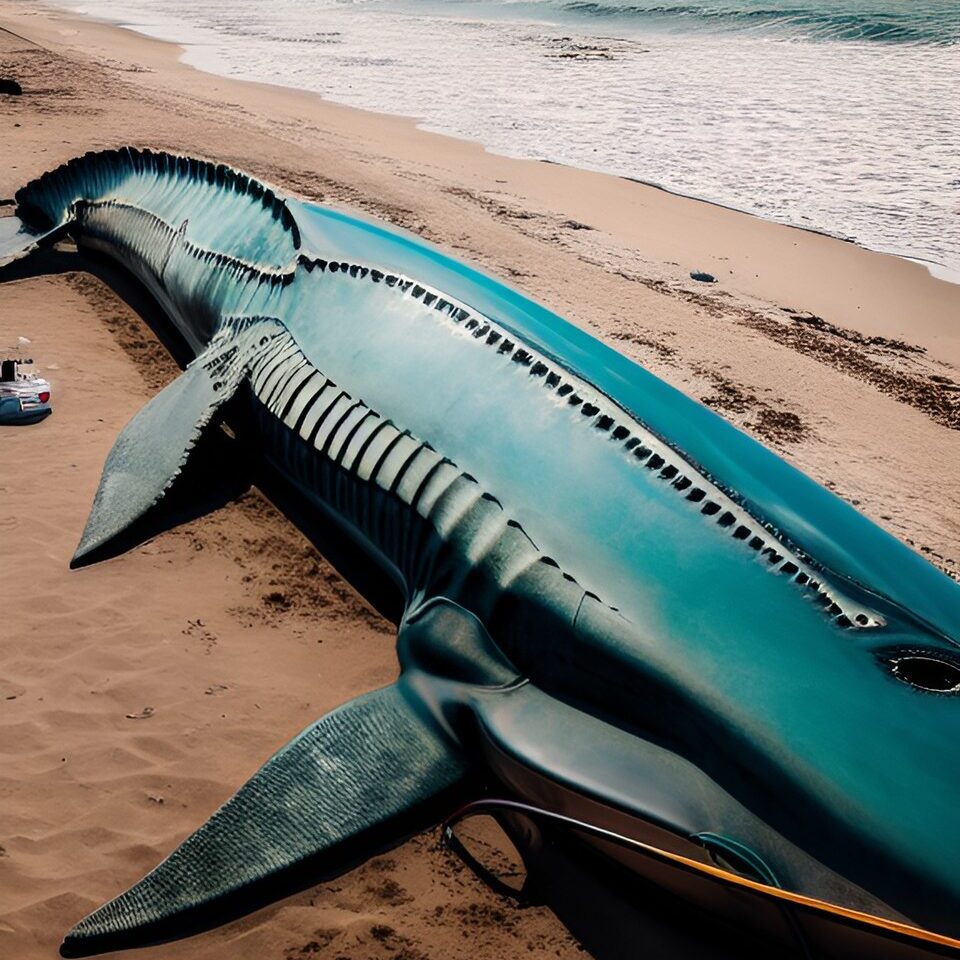
The Stronsay Beast must be real; it has a Latin name
At the time of its discovery, the Edinburgh Natural History Society deemed it a new species of sea serpent. They dubbed it Halsydrus Pontoppidani. Unfortunately, with no further evidence forthcoming, this one “real” aquatic animal reverted to cryptid status. Later, others have speculated that it might have been a supposedly extinct plesiosaur, like some call the Loch Ness Monster.
More likely, it’s an overgrown oarfish. But the largest documented oarfish ever found was 26 feet. The biggest could theoretically get as large as 36 feet, but with a fairly narrow diameter and no flippers. It might also be a very large, atypical basking shark. The largest documented basking shark was 40 feet long, and it certainly does not have glowing bristles.
If it is one of these two non-extinct species, its incredible size would make it the largest by far. “Sure, but this was 1808, so perhaps the measurements of the mysterious carcass were less than accurate,” you say? Well, all we can say is 2 farmers and a carpenter measured her. We usually trust them to be more accurate at measuring twice and cutting once than some educated society popinjay of the early 19th century.
Unfortunately for cryptid-lovers everywhere, in 1980, the even more trustworthy Dr. Geoff Swinney, fish, reptile, and aquatic lower vertebrate expert, confirmed that the Stronsay beast was just an overgrown basking shark. Or at least, it had a skeleton identical to a basking shark’s skeleton. Just to demonstrate our disappointment, here is a video of a basking shark pooping.
The Beast of Loch Oich
Loch Oich is connected to Loch Ness by a 4 mile river, so it’s reasonable to assume the Loch Ness monster might summer there. But accounts of the cryptid haunting the waters of Loch Oich are somewhat different. Bridge keeper Simon Cameron described seeing a beast with a shaggy dog-like head and a six-to-twelve-foot body. The beast dog-paddles with its flippers, and can apparently both propel itself out of the water and stand straight up in shallow water and on land. You could try to explain away the beast as a giant river otter. But then we’d also expect you to explain what it’s doing on the wrong side of the globe at up to twice its normal size.
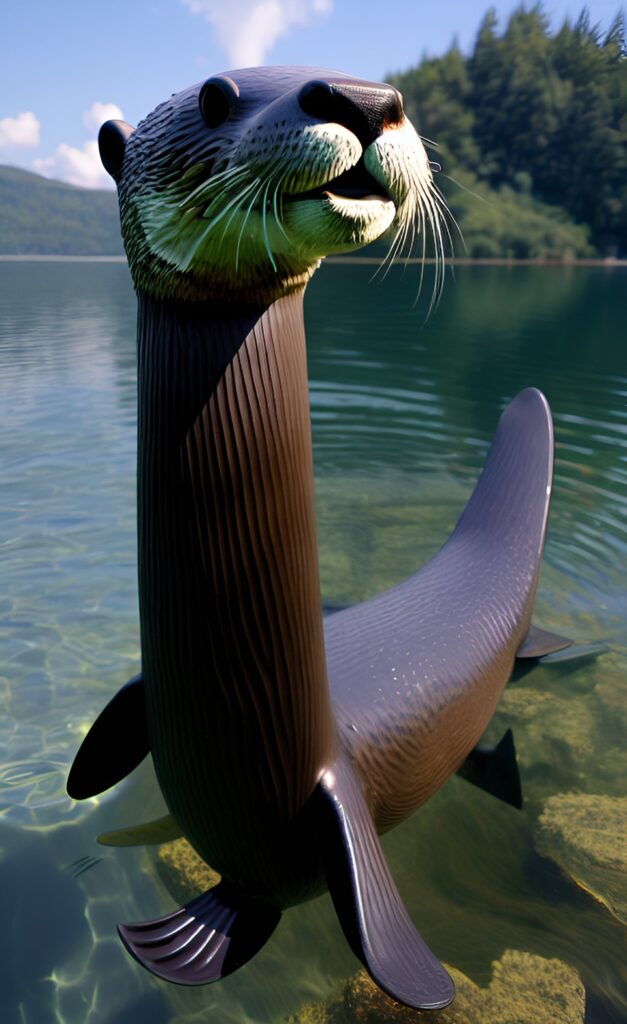
According to late 19th century folklore, the Loch Oich monster attacks by standing on the banks, looking docile. Guileless children mount the beast, mistaking it for a deformed pony. It’s all fun and games, until the cryptid dives beneath the water, taking the children with it for goodness knows what purpose.
The Morag of Loch Morar in Scotland
One thing all Scottish sea monsters seem to have in common is each one is rare. They are therefore highly location-specific. So it’s not surprising that there exists a creature only ever spotted in Loch Morar. Even more specific, she only ever surfaces to portend the death or defeat of someone of Clan Morar.
In behavior, the Morag acts much like a banshee, howling and wailing in the night. In appearance, however, she’s more of a mermaid. Legend describes the Morag as a long serpent-tailed (or sometimes salmon-tailed) creature with the upper body of a human woman.
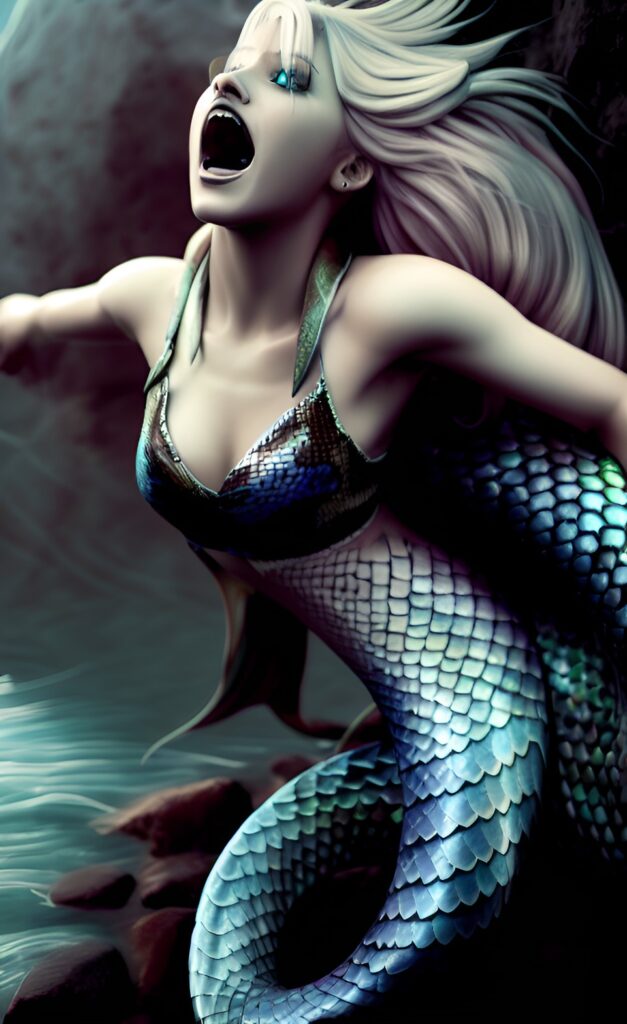
Imagine a dark form bowling through the moonlit water straight towards your boat. As she nears you, she surfaces, long yellow hair flowing out behind her. Her skin is the translucent white of deep water creatures, her huge boobs drip with cold loch water. She opens her mouth to release a horrible howl, long pink grilse tail propelling her ever closer, closer. Her howl ends in a sob, and she dives below the surface. Her 15-foot-long violently flipping tail rocks your boat dangerously, and the water’s surface stills. The howl ringing in your ears leaves you with the certainty that one of your clan will soon perish.
How to protect yourself from the Morag
This aquatic cryptid isn’t specifically dangerous, and is does not attack. She only portends death, she doesn’t cause harm. The Morag appeared in connection with several human deaths from 1887-1898. It was first documented in the writings of Alexander Carmichael, in 1902.
In 1948, nine people spotted a 20ft-long creature swimming swiftly alongside their boat on Loch Morar. She was also reportedly hit by a boat for the first time in 1969 (boat speeds have increased to near Morag speeds since 1898). The frightened sailors fending her off with an oar and a rifle. Interestingly, these witnesses may have never heard of the Morag, and might not have had a clue what they were reporting. Carmichaels writings were lost for a century, only turning up again in 2011.
There’s nothing super special about Loch Morar. But it is 1,017 feet deep in some places, making it the deepest documented freshwater body in the British Isles. Perhaps it is the depth which has allowed this legendary busty cryptid to hide so thoroughly in her dark aquatic refuge for over 130 years.
Lizzie of Loch Lochy
So, remember how we just called Loch Morar the deepest loch? Well, perhaps we spoke too soon. In 1977, Cryptozoologist Cameron Turner went monster hunting on Loch Lochy. The team’s sonar detected an 18-foot-long creature swimming hundreds of feet below the surface. As they chased the supposed monster, multiple sonar readings indicated random holes in the bottom of the loch, with total depths of over 2000 feet. These holes, if confirmed, would make Loch Lochy the deepest inland European lake by far.
Meaning of course an environment perfect for aquatic cryptids, right? Indeed, two game wardens spotted what they thought was a tree moving through the loch in 1929, only to presumably poop their pants when the tree turned out to be a giant beast. The mysterious beast swam alongside them for a mile. In 1960, ten people spotted a huge creature with flippers standing up in the middle of the loch. Only one of these witnesses had binoculars, and he affirmed that the creature was 30-40 feet long. A fisherman may have caught her with a fishing rod in 1996, but fortunately for him, she got away.
And as usual, not much is more Scottish than a deadly monster with a cute feminine nickname. “Lizzie” has the classic three-hump sea monster form. She’s black on top and pale underneath. With her giant flippers, she is as likely to be a plesiosaur (or an old ace eel) as Nessie is.
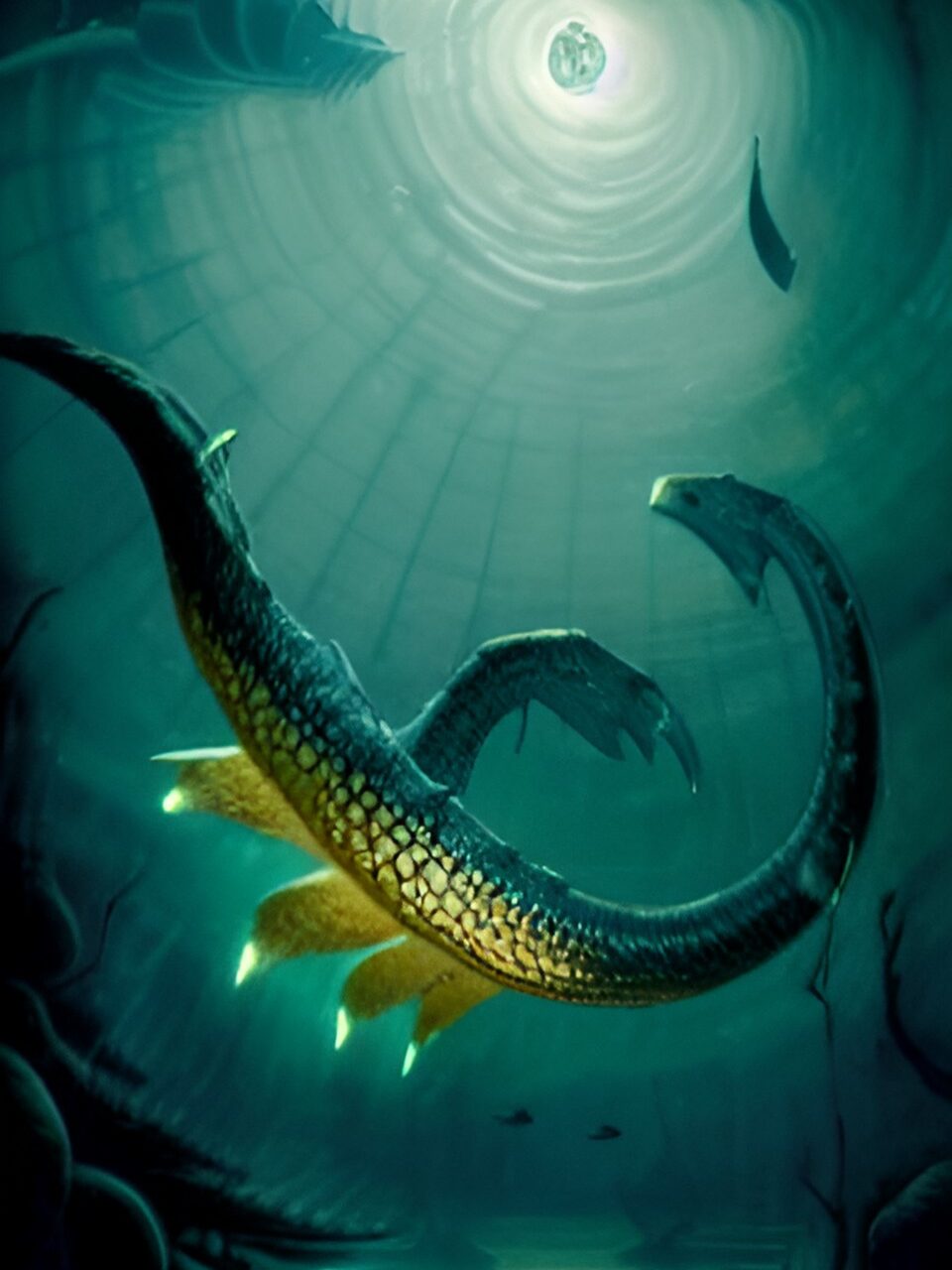
Loch Quioch’s Monster
Witnesses also see an enormous serpentine creature in the waters of Loch Quioch. The lore surrounding this copycat cryptid makes us peg her as the least unique aquatic monster of Scotland. Like her more famous Loch Lochy cousin, she is also sometimes called Lizzie. Like the other Lizzie, she looks like a long, flipper-less serpent with a horse’s head.
It is a challenge to track this one, since the original witness chose to remain quiet. Lord Whatshisname was fishing on Loch Quoich, when he saw a snakey beast laying on the shore. Instead of going public, he swore his fishing guides to secrecy, in fear of being called a crazy drunk. A separate local fishing party also spotted a large unidentified underwater animal around the same time, but perhaps not much came of it since they were likely unaware of the other hush-hush encounter.
It wasn’t until 1933—the same year the Loch Ness Monster rose to international fame—that several additional eyewitness accounts of the creature began to appear in the news. It’s almost like Nessie’s fame paved the way for her less remarkable relative to come out of the closet. We just want to say, you are valid, Other Lizzie.
The Muc-Sheilch of Loch Maree and Loch-na-Bèiste
The Muc-Sheilch is less serpenty, which is clear by the literal translation of its Gaelic name to “turtle-pig.” The fun part of the Muc-Sheilch legend is that the creature had its own Ahab-like pursuer, Mr. Banks. This monster hunter went to Wile E. Coyote lengths in the 1850s to catch the Muc-Sheilch. His tactics all failed, from poison to draining the entire damn loch. Little more is clear about Mr. Banks or the legendary aquatic “turtle-pig,” but we have to wonder if their rivalry was part of the inspiration behind the epic battle between Al Gore and Man-Bear-Pig.
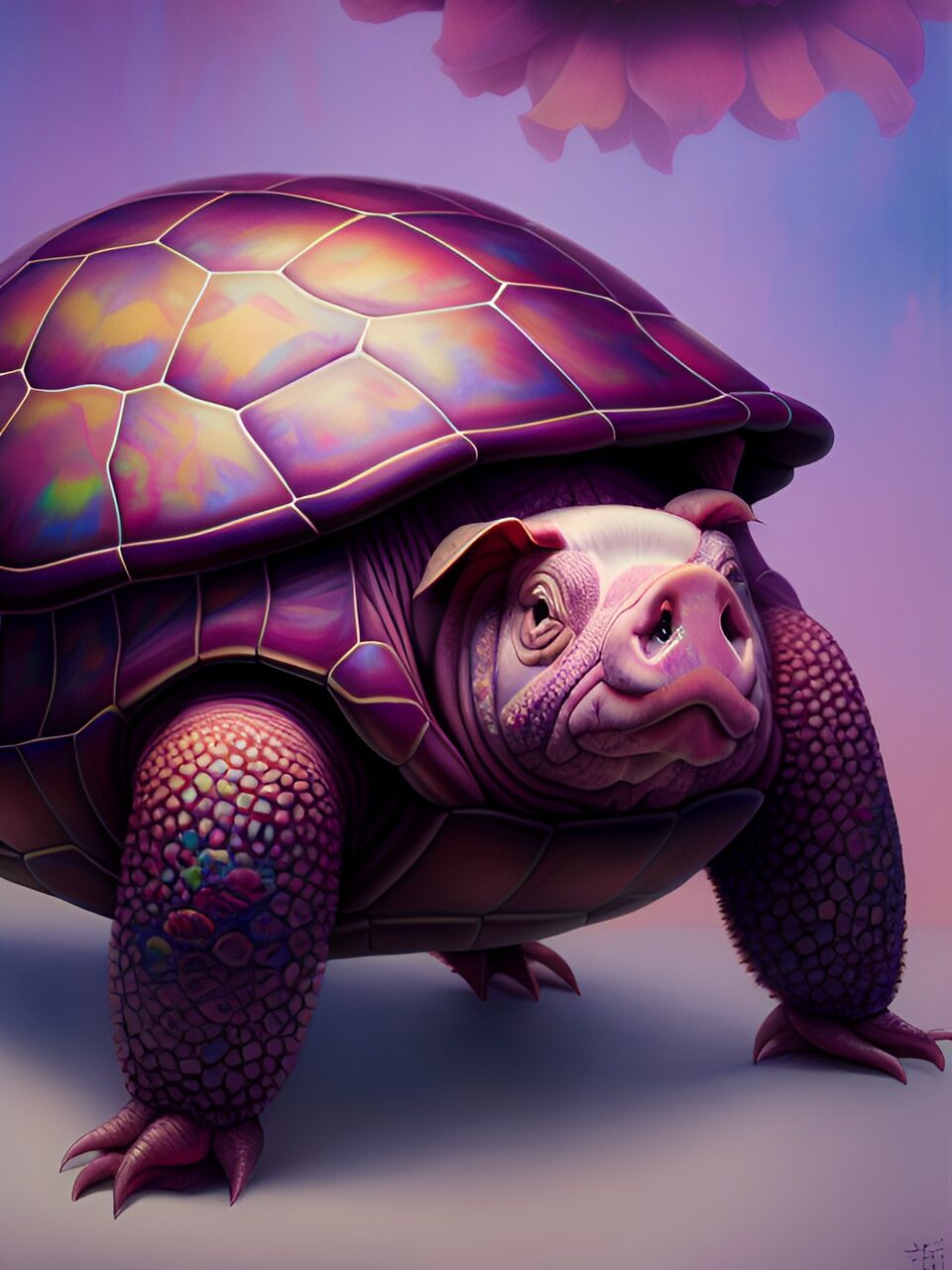
The Nuckelavee of Scotland
So far, we’ve talked only about paranormal aquatic cryptids that could maybe, potentially, sorta be just normal sea creatures who presented themselves to witnesses in an unusual way. After all, there are likely many terrifying water beasts lurking in the dark depths whom we have yet to discover. But now, let’s get really weird. There is one lonely saltwater amphibious monster spotted in the sea lochs of Scotland only once. Once, I’m sure you’ll agree after reading this description, was enough.
Of all the weird mythical sea creatures in the Scottish islands, the rarest and absolute worst has to be the nuckelavee of Orkney. There is only one known first-hand account of this cryptid, which comes from an island farmer named Tammas. According to Tammas, the nuckelavee has a man’s torso attached to a horse’s back. The torso’s freakishly long arms hang all the way to the ground. Also, the man torso has a 3 foot wide human-ish head it can obviously barely support. The horse body has a 2nd, horsier head, with a single giant flaming red eye an a huge gaping mouth that exudes poisonous, pungent vapor.
And if you thought a centaur cyclops with 2 huge ugly heads, gorilla arms, and acid breath was bad enough, hold your horses. The nuckelavee also has no skin. That’s right; thick black blood courses through its yellow veins, strapped tight over exposed red muscles.
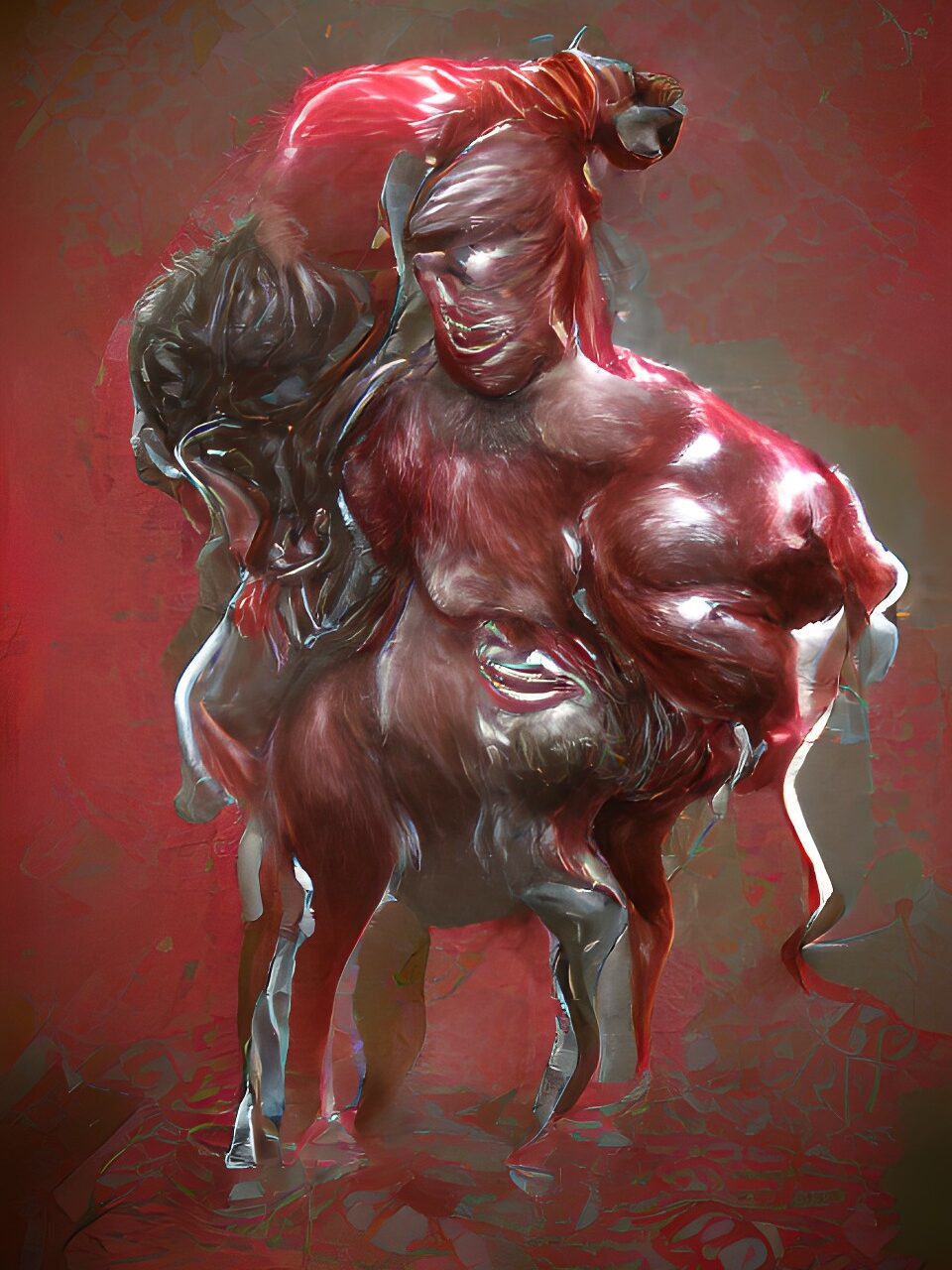
How can you see a nuckelavee?
Apparently, nothing pisses off the nuckelavee like the stench of burning seaweed. In 1722, the people of Stronsay began burning seaweed to create soda ash. This byproduct is an alkali mainly used to treat acidic soil, and in the making of both soap and glass. The pungent smoke emitted during the process must have enraged the nuckelavee, who took revenge by going on a wild rampage of plague-spreading.
The nuckelavee’s uber-nasty horse breath can wilt crops, sicken livestock, spread epidemics, and produce drought. In its revenge against the islanders for burning seaweed, the nuckelavee infected the horses on Stronsay with a deadly disease, which the islanders called mortasheen. The infection quickly spread to all the other islands involved in the soda ash industry.
How to defend yourself against a nuckelavee
Fortunately, the nuckelavee’s weakness is very plentiful in the area: freshwater. Tammas lucked out and was able to splash the fearsome cryptid with freshwater from the loch. This briefly distracted the monster, who can only tolerate salt water. The distraction, although not seriously harmful to the nuckelavee, inspired Tammas to wade out into a nearby channel of fresh water. This turned out to be the perfect move, since the nuckelavee wouldn’t cross the fresh water to pursue him.
So many Scottish water cryptids, so many questions
These are just the most famous of the many Scottish aquatic beasts of lore. Don’t forget the Croc of Loch Lomond, the lake-horse of Loch Arkaig, the 12-legged Beathach Mòr Loch Odha, the Seileag of Loch Shiel, and the Searrach Uisge of Loch Suainbhal, among others. What is it about the Scottish lochs that make them so ihabitable to aquatic cryptids? If they’re all just big old ace eels, why do they all look and behave so differently? Why are they so ubiquitous and yet so rare? Are there really holes in the bottoms of some of these lochs going down thousands of feet? Why, with all of our technology, have we never been able to take a reliable photograph of one of these beasts, or even catch one? What would happen if we did?!
Do rare deep sea creatures qualify as aquatic cryptids?
A cryptid is just a creature or species that exists only within anecdotal evidence, right? A being witnessed and believed to exist by multiple people, yet whose very existence is debated and mostly dismissed by the general public and scientific communities.
Plus, many of the creatures living deep in the ocean just feel supernatural or alien to us humans. We recently talked about a jellyfish that is the longest animal on the planet, and potentially psychic octopi. We might associate deep water creatures with the paranormal simply because they’re just so foreign to us land-dwellers. Each time we discover a new deep water creature, what was once an aquatic cryptid turns into a real species. Who knows if, someday, we’ll discover all of these aquatic Scottish cryptids are real? That will, for sure, be a spooky day.

